Distributed energy resources (DER) – such as solar panels, battery storage and electric cars – are fundamentally changing the way consumers engage with energy markets. In order to transform Australia’s ageing grid into a two-way supply platform and harness the DER potential, distribution network businesses need to implement major reforms urgently, states the Australian Energy Market Commission (AEMC).
The network rule maker warns that otherwise significant new network investment will be needed. This would include billions of dollars on new substations, poles and wires, which are only used for a few hours each year to service peak demand, while the costs would be passed on to consumers. This is most visible in the case of rooftop solar where instead of harnessing the potential of the nation’s vast rooftop PV fleet across the National Electricity Market (NEM), networks are increasingly cutting solar PV flows off from the grid because of the power system’s inability to connect new technologies.
“We need electricity networks to become trading platforms where consumers are the drivers of change,” AEMC Chairman John Pierce. “A grid-enabled trading platform will open up a whole new world of opportunities for households and businesses – providing payments for services like frequency control and network support to make the power system stronger and enable higher levels of domestic demand response.”
However, there is a number of obstacles on the way to the grid of the future. “Escalating penetration of rooftop solar; industry-wide failure to comprehensively introduce cost-reflective customer reward pricing; lack of network visibility of low voltage network constraints; and inadequate technical network standards and compliance; are combining to reduce system security and efficiency,” Pierce said.
In the new report, Integrating distributed energy resources for the grid of the future, out on Wednesday, AEMC identifies the reforms needed for a smooth transition. These include the implementation of “cost-reflective” network tariffs, making sure price incentives encourage consumers to export their excess energy back to the grid when it is most valuable. “Networks and retailers have been able to do this since new rules were made in 2014,” AEMC notes.
Furthermore, distribution networks should have better visibility of loads and voltages on networks between homes and substations to allow them to identify and address any existing and future constraints. In terms of possible improvements in managing network operational information and system security supports, AEMC proposes instead of consumers paying only for energy consumed, they would pay for access to the services they need through the network and be rewarded where they can provide services back to the grid.
It also urges market bodies and consumer groups to accelerate developing technical standards and information provision to support the integration of solar and other distributed energy in the grid. Meanwhile, jurisdictional governments and safety regulators are to develop mechanisms to improve distributed energy resources’ compliance with technical standards.
“There are serious choices to be made. To keep building traditional infrastructure and passing on those costs to consumers or get on with the job of implementing reforms to increase access to the network for new solar connections; to improve reliability and security while that happens; and to avoid gold-plating,” Pierce said.
“Where new rules are required to accelerate change we will push ahead with proposals for new distribution network pricing, access and connection arrangements if proponents don’t start that process themselves by early next year. We won’t stand by and allow the current situation to continue.”
“Failure to act now would mean either fewer people are able to export solar to the grid, or all consumers will pay more to build new substations and poles and wires that are rarely needed.”
This content is protected by copyright and may not be reused. If you want to cooperate with us and would like to reuse some of our content, please contact: editors@pv-magazine.com.
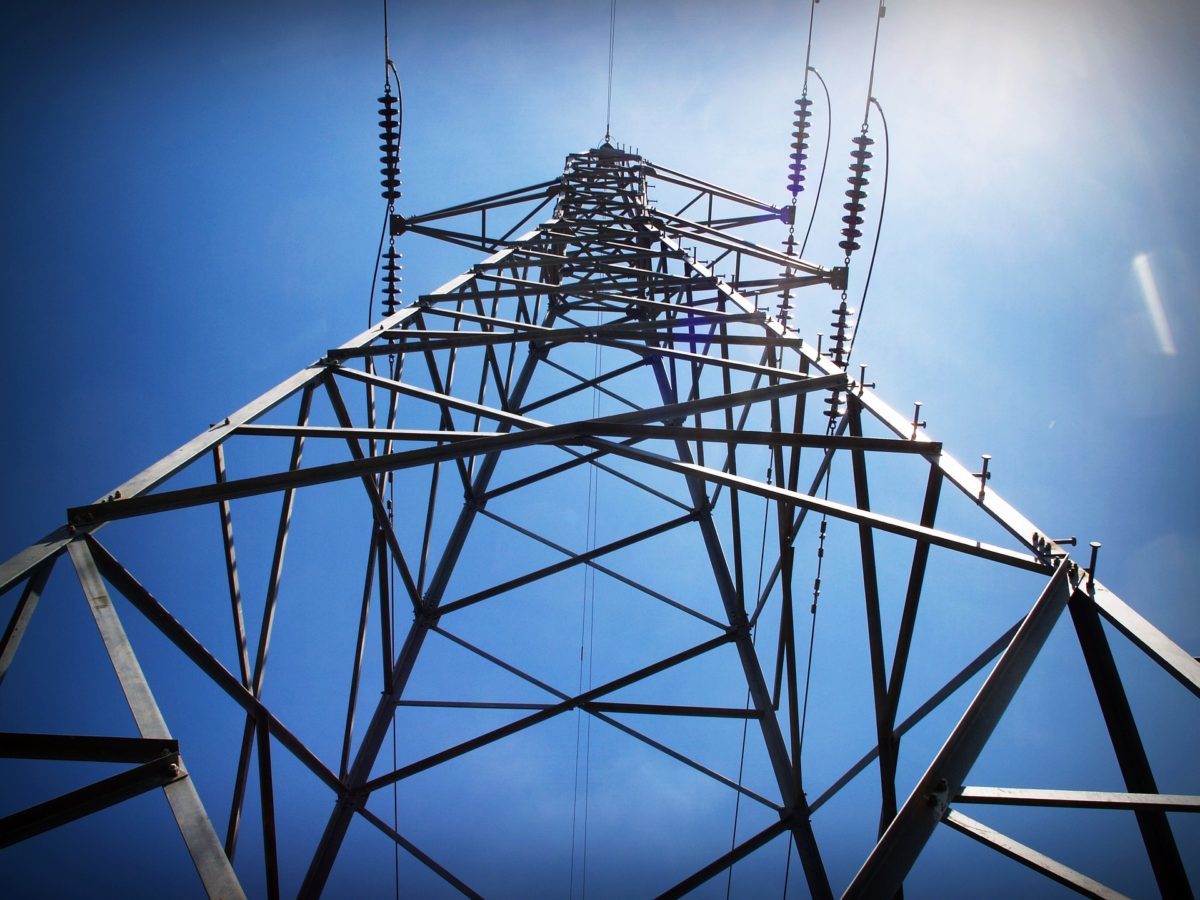
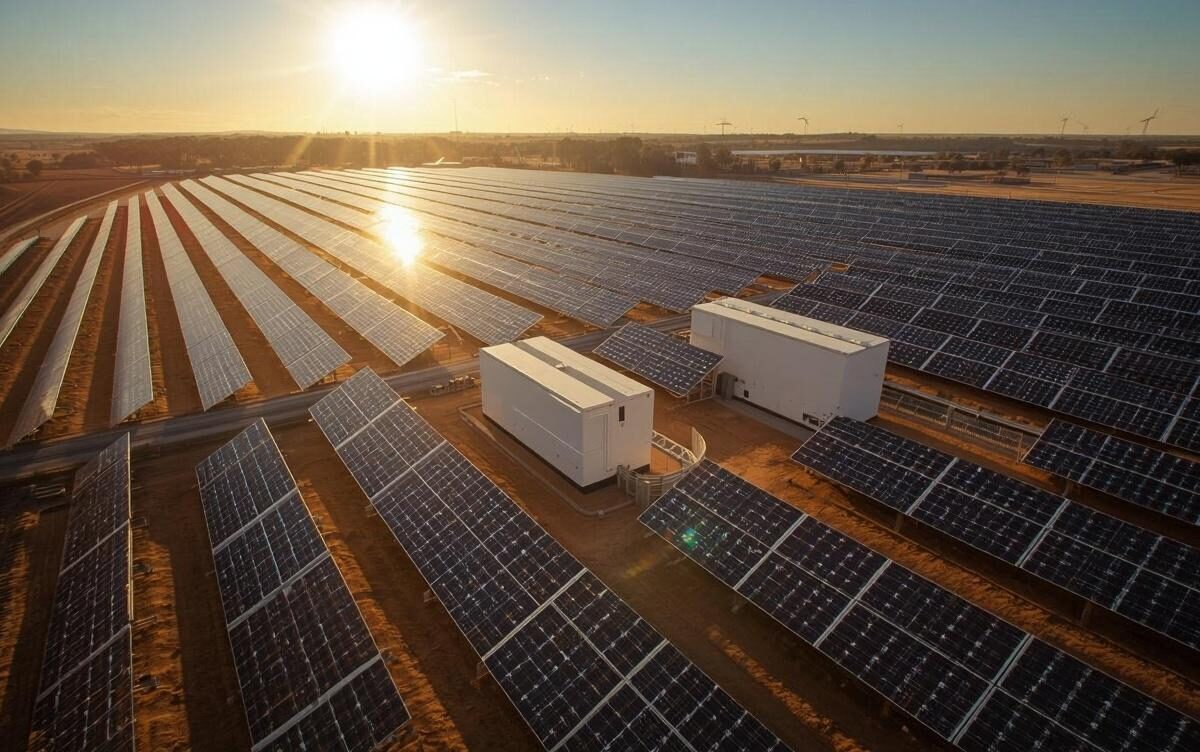



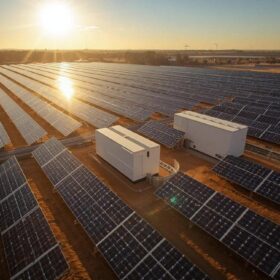
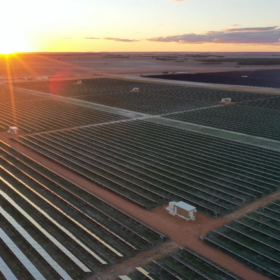
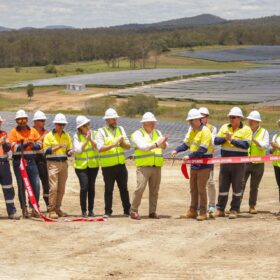

“These include the implementation of “cost-reflective” network tariffs, making sure price incentives encourage consumers to export their excess energy back to the grid when it is most valuable. “Networks and retailers have been able to do this since new rules were made in 2014,” AEMC notes.”
This sounds like the “smart grid” where individual solar PV, wind, perhaps hybrid systems with energy storage become “partners” of the grid infrastructure, instead of annoying individuals that create “duck curves”. When one uses Occam’s razor to carve away the rote excuses, the infrastructure of the grid still remains, to be used as a “smart” bi-directional grid instead of a uni-directional grid. With a proper “program” in place, the ratepayers can then have a road map for their own personal energy generation and control system. How involved do you want to be and how much do you want to spend for a system?